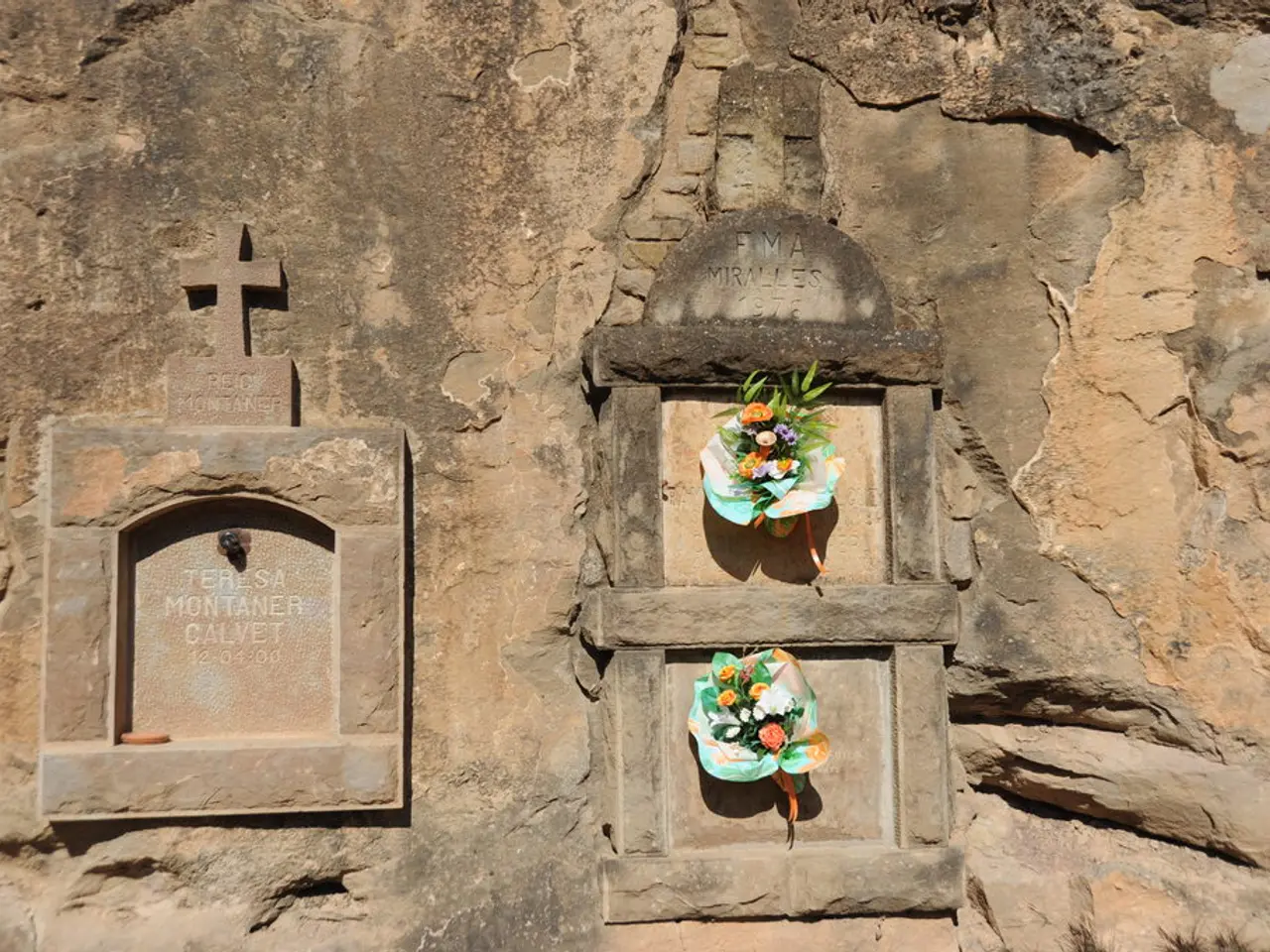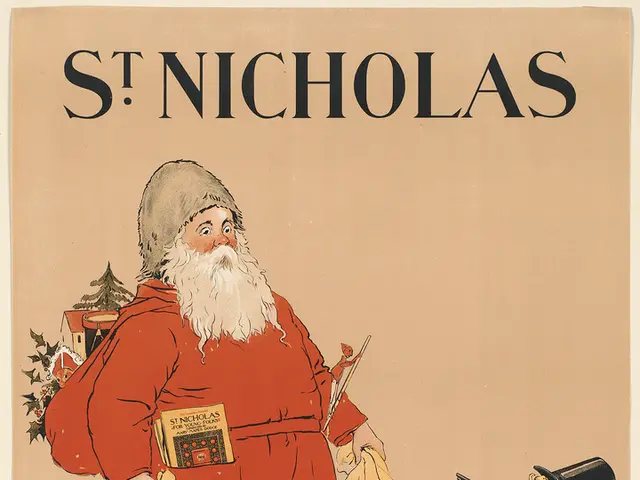Pope Boniface IV's 609 Consecration of Pantheon Marks Shift; Church Celebrates All Saints Day & All Souls Day
In 609, Pope Boniface IV consecrated the Pantheon in Rome as a Christian church, dedicating it to the Blessed Mother and all the Holy Martyrs. This marked a significant shift in the ancient building's history. Today, the Catholic Church celebrates two back-to-back holy days in November: All Saints Day and All Souls Day.
All Saints Day, a solemnity and holy day of obligation, is celebrated on November 1. It honours all known and unknown martyrs and saints. This tradition began as All Martyrs Day in early Christian communities and was later expanded to include all saints. Pope Gregory III formalised this celebration in 735 by dedicating an oratory in St. Peter's Basilica to house the relics of saints and martyrs.
The following day, November 2, is All Souls Day, also known as the Commemoration of the Faithful Departed. This day is dedicated to remembering and praying for the faithful departed, especially those in purgatory. If November 2 falls on a Sunday, the celebration is moved to November 3. On this day, the universal church prays for all those in purgatory and encourages the faithful to lead purer lives. This tradition evolved onto the church calendar after All Saints Day.
From the consecration of the Pantheon to the present day, these two holy days serve as reminders of the Church's rich history and its ongoing commitment to the faithful departed. They offer opportunities for reflection, prayer, and unity among the faithful.
Read also:
- Federal Funding Supports Increase in Family Medicine Residency Program, Focusing on Rural Health Developments
- Potential Role of DHA in Shielding the Brain from Saturated Fats?
- Alternative Gentle Retinoid: Exploring Bakuchiol Salicylate for Sensitive Skin
- Hanoi initiates a trial program for rabies control, along with efforts to facilitate the transition from the dog and cat meat trade industry.







